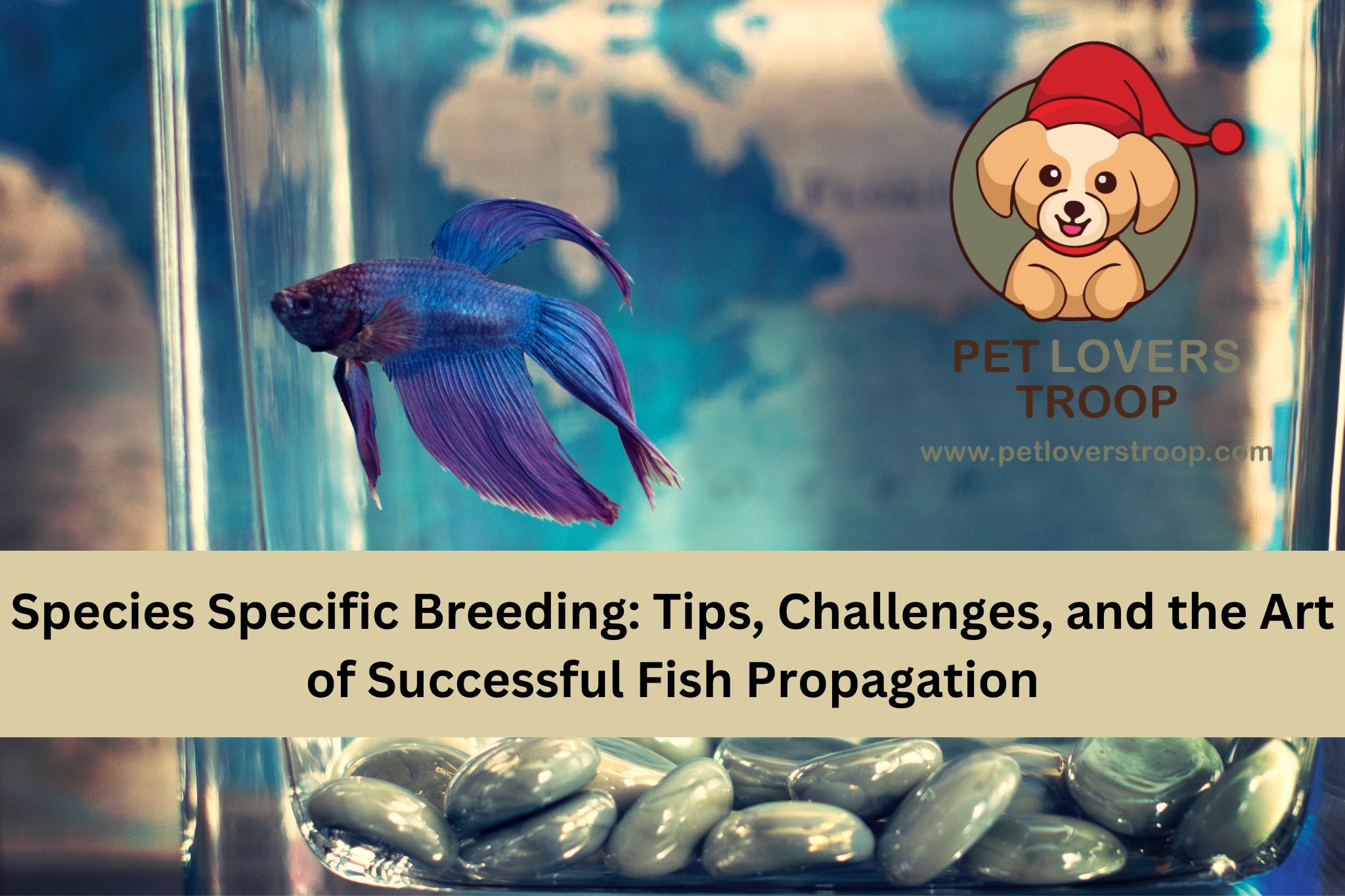Welcome to our in-depth exploration of the intriguing world of fish breeding! This blog will go into the intricacies of rearing a certain fish species, digging into its distinct behaviors, preferred habitats, and the art of effectively reproducing and caring for these aquatic marvels.
Read More: A Beginner’s Guide to Understanding Fish Reproduction
Join us as we dig headlong into the fascinating area of fish breeding, whether you’re a seasoned aquarist trying to enhance your knowledge or a newcomer eager to learn. Along the journey, we’ll share methods, ideas, and intriguing anecdotes to make your underwater travels even more fun!
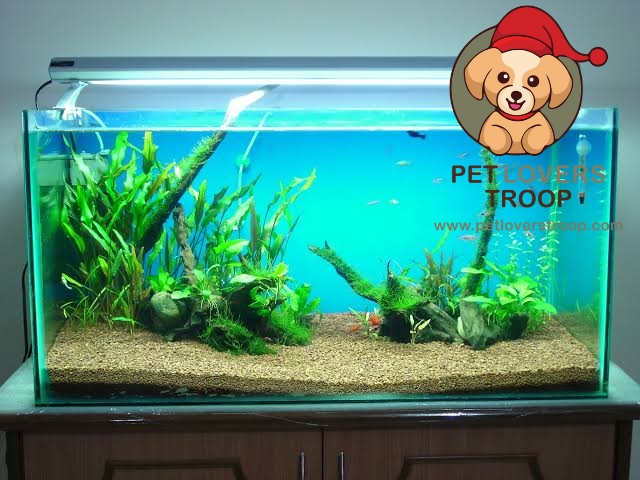
Catfish Breeding
Tank Configuration for Catfish Breeding
Choosing Catfish Breeding Pairs
Methods of Catfish Breeding
Read More: Planning to buy a fish aquarium? Ten tips that can help you choose the right size and type- May 2023
Taking Care of Catfish Fry
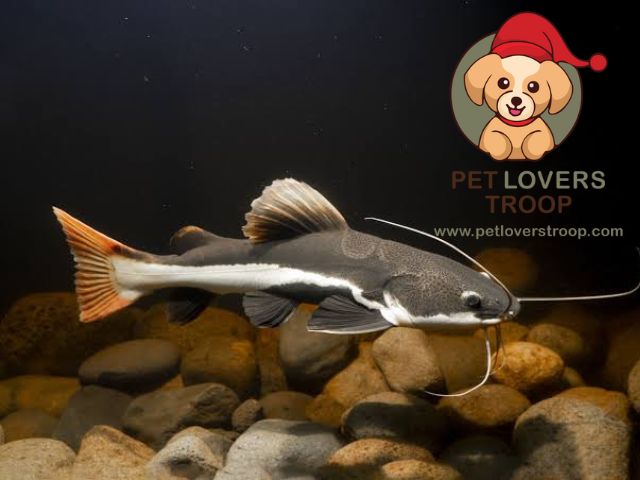
Catfish Breeding Obstacles
Guppy Breeding
Setting Up the Breeding Fish Tank
Choosing Breeding Guppies
Provoking Reproductive Behavior
Recognizing Pregnant Guppies
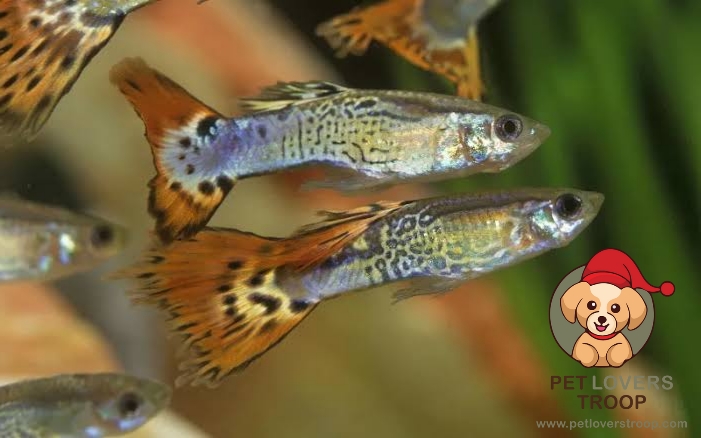
Caring for Guppy Fry
Monitoring and Growth
Neon Tetra Breeding
Preparing the Breeding Environment
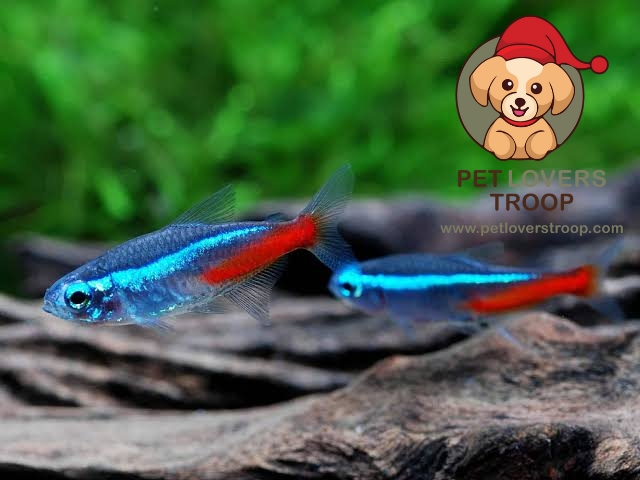
Selecting Healthy Breeding Stock
- Bright Coloration: Look for neon tetras with vivid, distinct colors, since they are indicators of healthy health.
- Verify that the chosen fish are clear of any parasites or illnesses. Before adding fresh fish to the breeding tank, quarantine them.
Inducing Breeding Behavior
Neon tetras require specific conditions to trigger their breeding instincts. Follow these steps:
Temperature Adjustment: To mimic the rainy season in their native environment, gradually raise the water temperature to the top limit of their range (about 80°F or 27°C). This rise in temperature may promote spawning.
Dietary conditioning: Offer a diversified diet that combines premium flake or pellet feeds with live or frozen items like brine shrimp and daphnia. For the fish to be in reproductive condition, proper nourishment is crucial.
Read more: Ten Common Dog Diseases: How to Recognize Symptoms and Prevent Them- September 2023
Lighting & Aeration: To create a welcoming atmosphere for neon tetras to participate in courting and spawning behaviors, use soft lighting and aeration.
Identifying Spawning Behavior
Mating Rituals
Males actively seek females throughout the courting stage. They seek to entice a female to join them at a suitable spawning place by swimming around them in an alluring display. The fish are obviously getting ready to spawn if they are engaging in this pursuing activity.
Like many fish species, neon tetras reproduce by performing intricate mating rituals. These rituals have a number of functions, including courting and the timing of reproductive processes. Here is a more detailed look of the mating behaviors:
Male and female neon tetras both experience a notable shift in coloring as they get ready to reproduce. Their already distinct and brilliant blue and red stripes grow even more prominent. One of the most important visual signals to potential mates is this heightened colour.
Picking a Site for Spawning: After a female accepts a male’s approaches, they work together to pick a suitable spot for egg laying. The eggs can be shielded and hidden from possible predators amid fine-leaved plants, where neon tetras often like to deposit their eggs.
Read more: The Right Tricks and Hacks to Deal with Cat Hairballs- March 2023
Egg Scattering
Because neon tetras do not create nests or protect their eggs and young, they are classified as egg scatterers. Instead, they adhere to a certain egg-laying pattern:
The neon tetra’s females are in charge of creating and dispersing the eggs. She puts herself close to the selected spawning location, which is typically a group of plants when she is prepared to spawn. Then she releases her eggs in tiny groups, letting them float and land amid the vegetation.
Male’s Function: Fertilizing the eggs is the male’s function in the process. The male swims next to the female as she releases her eggs, then lets out his milt (sperm) to fertilize the eggs in midwater. By doing this, the eggs are certain to be fertilized before they land among the plants.
The egg dispersal approach is a modification to reduce the possibility of predation on the eggs and fry. Neon tetras boost the odds of their offspring’s survival by distributing the eggs throughout the flora.
Caring for Neon Tetra Fry
You will get neon tetra fry once the eggs hatch (typically in 24 or 36 hours), and they need particular care:
Initial Feeding: Because neon tetra fry are so little, they can’t initially eat conventional fish food. Until they are big enough to take young brine shrimp and finely crushed flake food, feed them infusoria, powdered fry food, or specialized liquid fry food.
Water Quality: Maintain perfect water quality in the fry tank since neon tetra fry are very sensitive to water quality. Ensure adequate aeration to encourage wholesome development.
Challenges in Neon Tetra Breeding
Because the eggs and fry of neon tetras are so tiny, breeding them can be difficult. It’s critical to be informed about potential problems:
Predation: It’s essential to quickly separate adult fish from the eggs and fry in order to stop predation. In the breeding tank, neon tetras may eat their own eggs or fry if they are not removed.
Breeding neon tetras is a fascinating activity that provides a special chance to experience nature’s beauty in your aquarium. You may successfully breed neon tetras and aid in their preservation within the aquarium hobby by providing the optimal breeding habitat, monitoring water conditions, and caring for the fry. The keys to successfully breeding neon tetra are patience and attention to precision, and the results are well worth the work.
GoldFish Breeding
Due to their vivid colors and calm personalities, goldfish are a popular choice among aquarium hobbyists. Breeding goldfish may be a fulfilling process that lets you see them through every stage of development. The essential phases and elements of successful goldfish breeding will be covered in this section.
Preparing the Breeding Environment
Like all other animals, goldfish require the perfect breeding environment in order to feel confident enough to procreate. Here are some tips for creating the ideal setting:
Tank Setup: Create a separate breeding tank first. To preserve the purity of the water, it should be small, heavily vegetated, and fitted with a light filtering system. Aquariums containing lots of flora for reproduction are preferred by goldfish.
Water Conditions: Soft, slightly acidic to neutral water is ideal for goldfish. Maintain an ambient temperature of 75–80°F (24–27°C) and a pH range of 6.0–7.0. To replicate their native habitat, make sure the water is gentle.
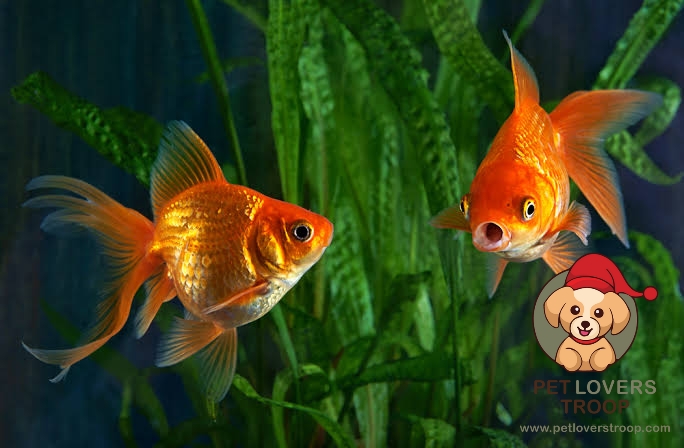
Selecting Healthy Breeding Stock
For effective reproduction, goldfish must be picked that are healthy adults. Check your breeding stock for these characteristics:
Bright Coloration: Look for goldfish that have bright, distinct colors since they are signs of health.
Before introducing new fish to the breeding tank, quarantine them to make sure they are healthy and free of parasites or diseases. In order to stop the spread of diseases, quarantine is crucial.
Read more: Understanding Gastric Stasis in rabbits. How to treat a sick rabbit at home? March 2023
Inducing Breeding Behaviour
A critical step on the road to successful reproduction is training goldfish to exhibit breeding behavior. Like all other animals, goldfish need particular circumstances and triggers to activate their innate urges for reproduction. Here, we go into further depth and explanation regarding the process of developing breeding behavior:
Temperature Adjustment: Creating the Ideal Environment
Goldfish are highly sensitive to temperature fluctuations in their habitat. It’s crucial to gradually change the water temperature in order to replicate the circumstances that cause spawning in their natural habitats:
Gradual Temperature Increase: To begin, raise the water’s temperature gradually until it reaches the higher end of the individual’s desired range, usually around 80°F (27°C). This rise in temperature simulates the start of the rainy season, which is a crucial catalyst for spawning activity in their natural environment.
Imitating the Rainy Season: In the natural, goldfish frequently reproduce when it rains because the water is warmer. You may generate a similar trigger for your goldfish to start reproducing by gradually raising the temperature in your tank.
Monitoring and Stability: Keep an eye on the water’s temperature and make sure it doesn’t fluctuate. Unexpected changes can upset fish and prevent them from reproducing.
Providing the Right Nutrition
In order to get goldfish ready for breeding, proper nutrition is essential. For the best possible reproductive health, condition their diet as follows:
Healthy Diet: Provide your goldfish with a varied and balanced diet to make sure they get all the necessary elements they require. High-quality flake or pellet diets made especially for goldfish fall within this category.
Read more: Keeping Rabbits Indoors or Outdoors: Evaluating the Pros and Cons of Rabbit Houses- July 2023
Live and Frozen items: Add live or frozen items to their diet, such as brine shrimp and daphnia. These snacks are high in protein, which gives the fish more nourishment and helps them become ready for breeding.
Nutritional Balance: Achieving the ideal nutritional balance is crucial. A diet that resembles the foods they would often eat in the wild can assist to activate their reproductive impulses.
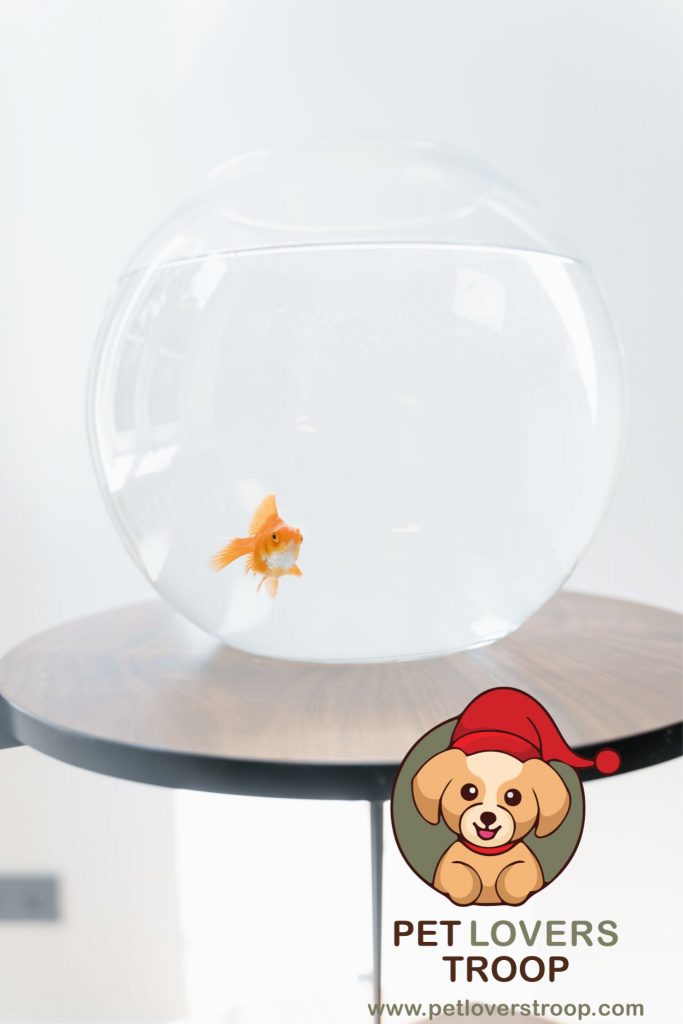
Identifying Spawning Behavior
Goldfish, like many other fish species, engage in intricate mating rituals and behaviors. Here’s what to look for:
Mating Rituals
While courting, men actively pursue ladies. In an effort to lure females to an appropriate spawning location, they swim about them in an appealing display. The fish are getting ready to spawn if they are acting in this way.
Choosing a Spawning Site
When a female accepts a male’s approaches, they cooperate to decide on an appropriate location for egg laying. Fine-leaved plants are often preferred by goldfish because they allow them to safely lay their eggs away from potential predators.
Egg Scattering
Because goldfish don’t make nests or protect their eggs, they are categorized as egg scatterers. The females scatter their eggs among the foliage. Males release their milt (sperm) to fertilize the eggs underwater.
Read more: Dog Training: Ten Essential Commands Every Dog Should Know- June 2023
Caring for Goldfish Fry
You’ll get goldfish fry when the eggs hatch, which normally takes place in 24-36 hours, and they need particular care:
Initial Feeding: Because neon tetra fry are so little, they cannot be fed traditional fish meal at first. Until they are big enough to eat young brine shrimp and finely crushed flake food, feed them infusoria, powdered fry food, or specialized liquid fry food.
Water Quality:As goldfish fry are extremely sensitive to water conditions, keep the water quality in the fry tank at the highest level possible. To encourage healthy development, make sure there is adequate aeration.
Challenges in Goldfish Breeding
Because goldfish eggs and fry are so little, breeding them might be difficult:
If not quickly separated, goldfish may eat their own eggs or fry. In the breeding tank, it is crucial to keep adult fish separate from the eggs and fry.
A wonderful activity that lets you observe the wonders of nature in your own tank is breeding goldfish. You may effectively breed goldfish and aid in their preservation within the aquarium hobby by designing the optimal breeding environment, keeping an eye on the water quality, and taking good care of the fry. The results are really satisfying, but patience and attention to detail are essential.
Koi Fish Breeding
Frequently referred to as “living jewels” or “swimming works of art,” koi fish are one of the most beloved and well-known kinds of ornamental fish worldwide. These gorgeous fish, which are native to Japan, have transcended national boundaries to become a universal representation of tranquility, beauty, and wealth
Read more: Are Reptiles Social? Understanding Socialization of Reptile Pets- August 2023.
Koi fish have long mesmerized fish aficionados all around the world with their stunning colors and elegant motions. Understanding the complexities involved in breeding these gorgeous creatures is essential to success.
Selecting High-Quality Breeding Stock
Selecting superior breeding stock is the first stage in koi fish production. Koi with vivid colors, distinct patterns, and a robust build are what you should seek out. Males normally have a slim and more streamlined body form, while females should be plump and rounded, signaling that they are ready to produce eggs. When selecting breeding stock, take into account these factors:
Bright Coloration: Bright, unique colors are a sign of health, therefore look for them in koi.
Age: Koi normally mature sexually between the ages of two and four. To guarantee a good breeding cycle, select adult fish.
Health: Make sure the chosen koi are in perfect health and free of parasites or illnesses. To avoid introducing infections to your breeding population, quarantine new arrivals.
Pond Preparation for Breeding
Koi breeding success depends heavily on the correct habitat being created. In order to get your pond ready for breeding, follow these steps:
Temperature Control: Water temperatures between 68°F and 75°F (20°C and 24°C) are ideal for koi breeding. To timing breeding, use a pond heater or take local temperature variations into account.
Enough Space: Make sure your pond has enough room for the breeding process. Give koi somewhere to hide, such caverns or thick foliage, so they may lay their eggs.
Water Quality: By implementing effective filtration systems, you can maintain crystal-clear water quality. To maintain breeding-friendly circumstances, regular water testing and maintenance are important.
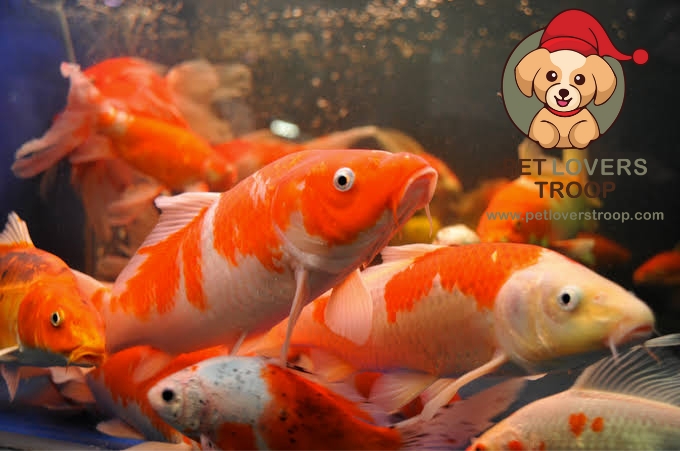
Read more: Koi Fish Breeding for Beginners: Tanks, Eggs and More
Inducing Spawning in Koi
As egg-layers, koi must induce spawning as part of their reproductive cycle. Take the following actions to encourage koi to reproduce:
Boost the temperature: Raising the water’s temperature gradually over a few weeks will resemble the approach of spring, which encourages breeding activity.
Fake the Rainy Season: Koi usually spawn during rainy seasons in their native habitat because the water is warmer. By gradually increasing the temperature in your pond, you may produce a similar trigger for your koi to begin reproducing.
Monitoring and Stability: Watch for changes in the water’s temperature and take precautions to prevent them. Fish can become agitated by unanticipated changes and become incapable of reproducing.
Providing the Right Nutrition
Proper diet is crucial to getting koi ready for breeding. Consolidate their food as follows for the greatest potential reproductive health:
Healthy Diet: To ensure that your koi get all the nutrients they need, feed them a diverse and balanced diet. Their diet should be built on high-quality koi food that is specially formulated for their requirements.
Live items: Items that are live or frozen should be added to their diet, such as brine shrimp and daphnia. Protein-rich treats like these provide the fish with additional nutrition and aid in getting them ready for spawning.
Nutritional Balance: It’s important to achieve the optimal nutritional balance. A diet similar to the things they would frequently consume in the wild can help to stimulate their reproductive systems.
Read more: Basics of Cat Grooming: How to Maintain your Feline’s Overall Hygiene- July 2023
Identifying Spawning Behavior
Koi, like many other fish species, engage in intricate mating rituals and behaviors. Here’s what to look for:
Mating Rituals
Males actively chase females when courting by swimming around them in an alluring show. The fish are getting ready to spawn if they are acting in this way.
The courting dance is a fascinating display in the enchanted world of koi fish rearing. Males exhibit a striking behavioral change as they get ready to reproduce. They participate in an appealing aquatic ballet, swimming smoothly around possible mates while actively chasing females.
This pursuit serves as a demonstration of the male’s power, vigor, and brilliant colors in addition to attracting attention. It facilitates communication between the sexes and promotes compatibility and trust. Koi males and females coordinate their breeding behavior during the courting dance, which is an essential step before spawning and ultimately ensures the survival of these magnificent fish.
Selecting a Site for Spawning
When a female accepts a male’s advances, they work together to choose the best spot for egg laying. Koi frequently like fine-leaved plants because they make it possible for them to securely lay their eggs away from potential predators.
Read more: Epileptic Seizures in dogs: Symptoms, associated risks and how to comfort them- May 2023
Eggs Scattering
Koi are classified as egg scatterers since they don’t build nests or guard their eggs. While men release their milt (sperm) to fertilize the eggs underwater, females disperse their eggs among the vegetation.
Caring for Koi Fry
The delicate and important chore of caring for the freshly hatched koi fry takes center stage once the koi eggs hatch, which typically takes between 24 and 36 hours. These small, defenseless young require particular care and circumstances to enable their proper growth and development:
Initial Feeding: Koi fry are so little when they first hatch that they cannot eat regular fish food. Give them the right nourishment, such as infusoria, powdered fry food, or specialized liquid fry food, to cater to their delicate demands. These little foods are packed with necessary nutrients and are ideal for the fry’s tiny lips. You may gradually introduce the koi fry to more solid food as they become bigger and their jaws expand, including young brine.
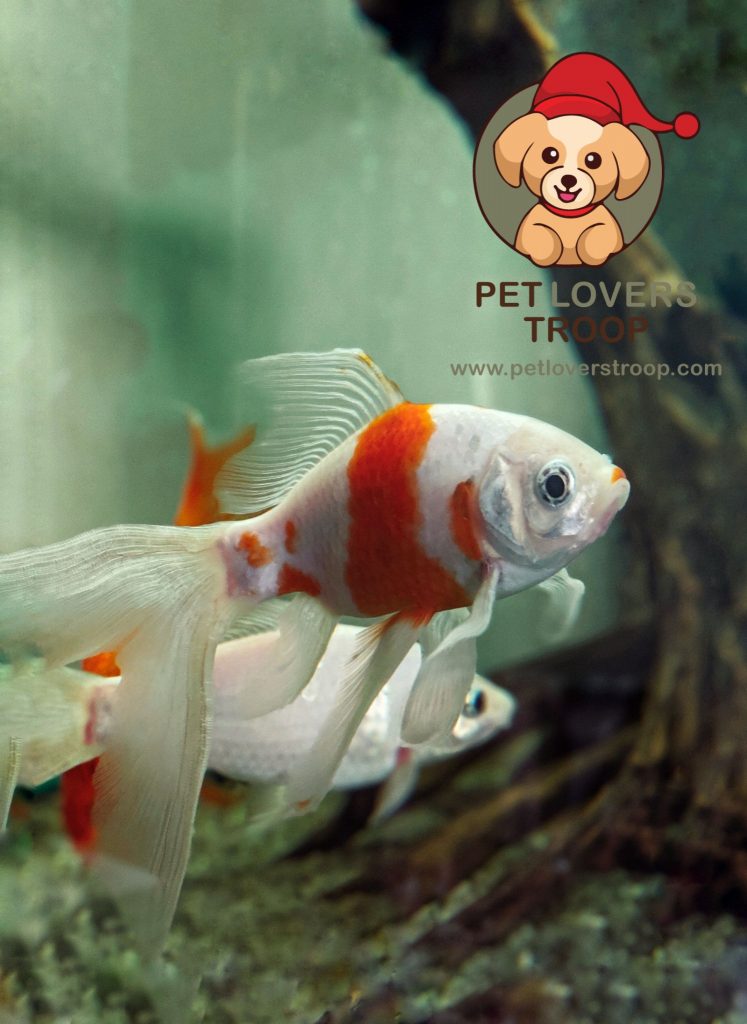
Read More: A Guide to Raising Koi Fry
Challenges in Koi Breeding
Water Quality: When caring for koi fry, maintaining flawless water quality is of the utmost significance. These young fish are extremely sensitive to water conditions, and any changes might be harmful to their wellbeing. Make sure the water in the fry tank is crystal-clear to provide the best environment for their growth. Regular water changes, thorough filtration, and constant monitoring are critical procedures.
For the koi fry’s environment to remain stress-free and maintain the required oxygen levels, adequate aeration and water stability are required. This dedication to maintaining high-quality water paves the way for their healthy development and prepares the basis for raising the following generation of these gorgeous fish.
Challenges of Koi Breeding
Breeding koi can be challenging due to the small size of their eggs and fry:
Egg and Fry Protection: Adult koi may consume their own eggs or fry if they are not soon separated. It is essential to keep adult fish and eggs and fry separate in the breeding tank.
If the water is dirty or has little oxygen, koi fish may perish. Bugs and other pests may be drawn to a backyard koi fish pond. Koi fish ponds need to be cleaned often.
A wonderful trip into the world of these magnificent fish is breeding koi. You may effectively breed koi and aid in their preservation in the aquarium hobby by providing the best breeding habitat, maintaining water quality, and taking good care of the fry. The technique requires patience and close attention to detail, but the results are wonderfully fulfilling.
